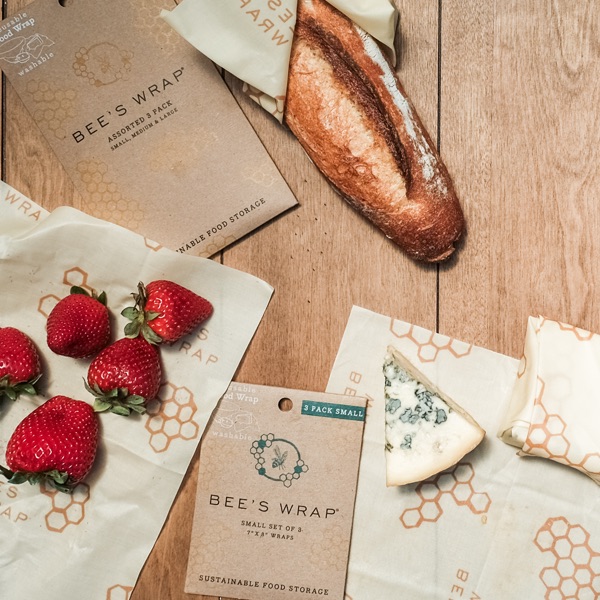Whether talking about recycling for a home or business, this type of service is extremely important for the environment. Waste has a negative impact on the environment and can cause pollution of many kinds. Most companies that offer both garbage and recycling services are very organized, and consumers are expected to be equally organized in sorting their waste and separating it from recyclable items.
Because the process of figuring out what can be recycled, many individuals and business owners find it is much easier to simply hire a waste management company.
Below are some questions to consider when looking for recycling services and reasons why hiring a waste management company can take the guesswork out of recycling.
What Kind of Recycling Service is Required?
This can mean anything from home to office to hazardous waste to syringe collection services. Some companies offer all types of recycling and provide the different skip bins necessary to mitigate these needs. It is important to contact the company and find out as much information that is needed to make an informed decision on how recycling is handled.
However, most companies will only offer a general list of items that can be recycled, including plastics, cardboards, glass, etc. This list will not be exhaustive, leaving many consumers to wonder what to do with items such as plastic bottle caps, milk cartons and the like. A waste management company will know the specific regulations for what can and cannot be recycled, eliminating the hassle for you.
What Can Be Recycled?
Bricks, wood, paper, metals, cardboard, plastics, concrete, and green waste can all be recycled.
- Bricks – These are broken down and crushed in order to be made into new bricks.
- Wood – Wood can be used again as a building material or can be processed into pulp or mulch. Recycling wood can limit the number of trees that are being cut down.
- Paper – The process for this material mixes old paper with chemicals and water to break it down. It is then chopped, heated and broken down further into strands of cellulose. This substance is then called slurry or pulp and is further recycled into new paper.
- Metals – Recycling metals will not alter its properties, the most common metals recycled are steel and aluminum.
- Cardboard – This uses a process that reuses thick sheets of multilayered papers (cardboard) that have been discarded.
- Plastics – The recycling process for plastics recovers waste or scraps of plastic and reprocesses them into useful products.
- Concrete – This type of recycling is becoming more common and uses a process of reuse of the rubble for new construction endeavors.
- Green Waste – This can be anything from leaves to grass trimmings to flower cuttings that can be decomposed and then recycled. This will in turn produce what is called green waste.
There are a number of items that can be recycled, but it is important to note that not all recycling pickup services will be able to process all the items mentioned above. Certain materials, such as concrete or wood, must be disposed of at specific facilities.
For the average homeowner, this can mean having to locate the specific facility and transport the recyclable materials to them. A waste management company will have the contacts in the industry to know where to take any type of recyclable item and can take care of the transportation for you.
What Recycling Techniques Are Used, and Are They Legal and Ethical?
- Concretes and Aggregates – This process would involve using a crushing machine and combining the concrete with bricks, asphalt, dirt and rocks. The smaller pieces will be used as gravel, crushed concrete can all be used as dry aggregate, which in turn can be used to make new concrete that will be free of contaminates.
- Batteries – This type of recycling can be very difficult; all batteries must be sorted into groups of similar kinds and require. Older batteries contain cadmium and mercury, which are very harmful and must be handled very carefully.
- Biodegradable Waste – This type of waste can be made into reusable material via the process of biological decomposition. The two mechanisms that help this to occur are composting or converting it into soil improver and biogas. The latter uses anaerobic digestion where organic wastes are broken down by microorganisms in a biogas plant.
Again, a waste management company will be able to guarantee that your recycling ends up in the right processing facilities and to ensure that it does get processed according to government regulations and ethical means. When the wrong items end up in recycling, this can lead to an entire batch being thrown out. A waste management company will make sure that the recyclable items are properly sorted, helping to ensure that your efforts to recycle do not go to waste.
What Are the Benefits of Recycling?
There are many benefits to using a recycling service. For instance, recycling conserves energy, reduces greenhouse gases, reduces water and air pollution, and conserves natural resources by reusing recycled materials. Protecting the environment is one of the most important things a home or business can do. When an individual or business chooses to recycle all different kinds of waste, it makes the world a better, less toxic place to live.
Not only does recycling help protect the world, it also reduces the need for extraction such as mining, logging and quarrying. It also reduces the need for processing and refining of raw materials. All these processes can contain harmful, substantial amounts of water and air pollution. Recycling will save this energy while reducing the amount of greenhouse gas, which in turn helps to attack climate change.













